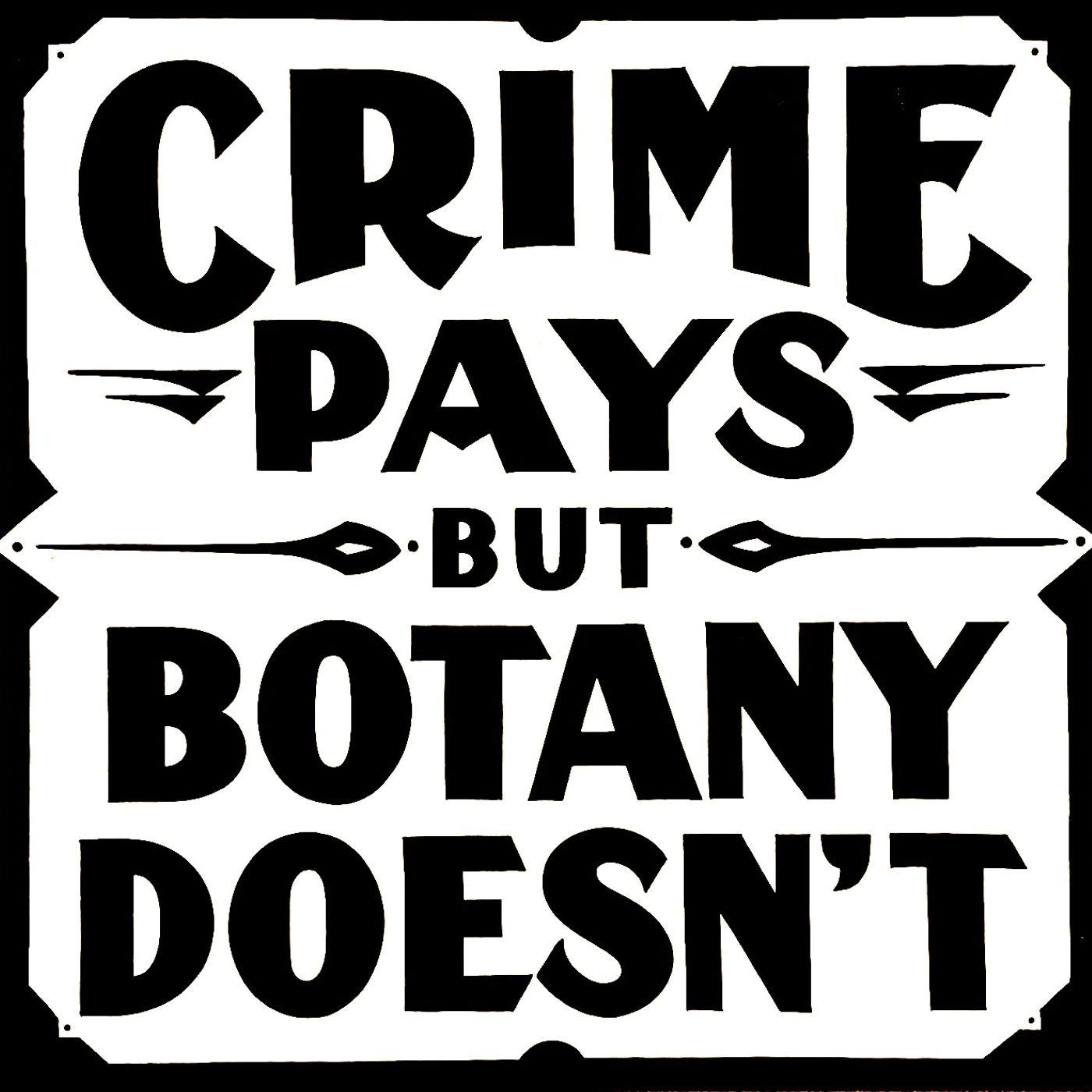No episode playing

Why do some plants grow where they do? How can geology cause new plant species to evolve? Why are some plants pollinated by flies, some by bats, some by birds, and others by bees? How does a plant evolve to look like a rock? How can destroying lawns soothe the soul? This is a show about plants and plant habitat through the lens of natural selection and ecology, with a side of neurotic ranting, light humor, occasional profanity, &amp; the perpetual search for the filthiest taqueria bathroom. <br /><br /><br />